Leader of clinical improvement journey retires, but the trip’s not over
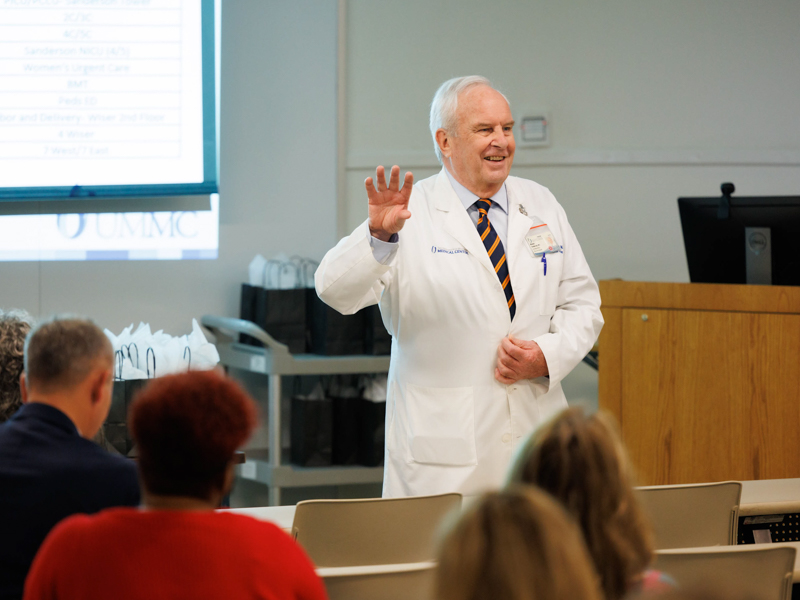
When Dr. Michael Henderson arrived at the University of Mississippi Medical Center in March 2015, it was with a charge: Create much-needed structure and proper data collection for quality and safety outcomes and the patient experience program.
A transplant surgeon by trade, Henderson spent five years as chief quality officer at the Cleveland Clinic, where he also served as chairman of the quality and patient safety institute and put together a transplant center.
But before he left Cleveland for Mississippi to become UMMC’s chief medical officer, Henderson drew up a realistic plan for success at UMMC, one based on his global expertise in keeping patients safe from harm:
Keep it simple, focused and process-driven. Build teams. Use data to drive improvement.
Let it be known that the clinical quality journey is a marathon and not a sprint.
His hiring by leaders including then-Vice Chancellor Dr. Jimmy Keeton and Dr. Charles O’Mara, who retired as associate vice chancellor for clinical affairs, “was recognizing that UMMC was behind the eight ball on this, and that UMMC was lagging behind on publicly reported quality data,” said Henderson, a native of Scotland.
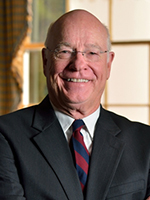
“We were in the process of changing from being a perceived charity hospital to a true academic medical center. That required us to give quality patient care, and we weren’t where we needed to be,” Keeton said. “We needed someone who could strategically think and look at the big picture, rather than attacking each little individual problem that came along.”
About six months after Henderson arrived, the national patient safety watchdog group Leapfrog gave UMMC an F grade, using information up to three years old that doesn’t show most recent improvements. The Centers for Medicare and Medicaid Services awarded UMMC just one star in its five-star rating system that measures patient experience, 30-day mortality, safety, excess hospitalizations, and timely and effective care.
Henderson wasn’t fazed. “I’d made up my mind before the numbers came out that I could do something about it,” he remembered. “It was about spending some time getting a feel for UMMC, understanding the culture, and building the appropriate teams to do the work.”

Today, the Medical Center’s Leapfrog rating is a C and poised to make a run to a B. Its CMS star rating has moved up to two stars. The culture is one of safety and process-driven care.
UMMC is well on its way to becoming a high reliability organization, the gold standard championed by The Joint Commission. High reliability hospitals consistently give all patients across all services and settings quality, safe care.
And, the CMO’s office has evolved and transformed, with staff representing different areas of expertise: infection prevention, risk management, performance improvement, data collection, accreditation, and credentialing and privileging for providers.
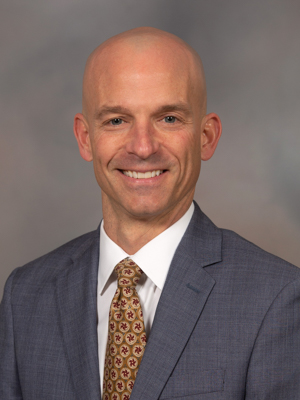
“Dr. Henderson has been instrumental in leading efforts in patient quality and safety, performance improvement, infection prevention, risk management, and data analytics,” said Dr. Alan Jones, associate vice chancellor for clinical affairs.
The CMO’s office has created new partnerships with physician leadership and hospital and nursing administration, increasing the pool of stakeholders on the clinical improvement journey. Data transparency and accountability is the norm.
“Dr. Henderson has worked tirelessly to engage every member of our health care workforce so that each person recognizes the importance of their role in supporting patient safety and quality,” Jones said. “He has broken down barriers of fear in reporting something that was done wrong, which has helped to develop trust and accountability in our health system.”
As he nears retirement at the first of the year, Henderson is putting the last touches on his original plans. “I’ve been here a little longer than I thought I would, but I wanted to make sure the right people were in place to carry on the good work, and to take the next steps.”
Dr. Lisa Didion, a pediatric hospitalist and associate chief medical officer, succeeds Henderson and brings with her much time on task in patient experience, care coordination, and effectively and efficiently pursuing the goals of quality, safety and best patient outcomes.
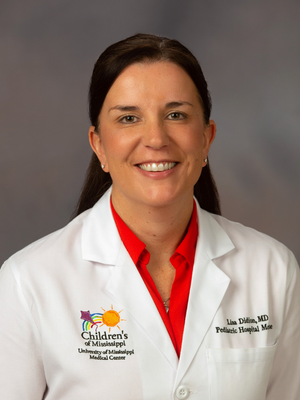
“He brought us a very clearly defined strategy to improve quality and patient safety,” Didion said. “His ability to keep us focused, to develop teams around focused goals, and to use data to drive improvement has built a foundation and structure we can use moving forward.”
That did not come overnight. It came by “evolution, and not revolution,” Henderson said.
The CMO’s office first set into motion a mindset built on Henderson’s three personal pillars: leadership, culture and performance improvement. Among the initiatives:
- The CMO’s office instituted new and accurate ways to track data on indicators such as hand-washing rates. “Our real rate of hand washing was 55 percent. When I arrived, I was told it was 95 percent. It didn’t quite match up,” Henderson said.
- In October 2015, hospital leadership and the CMO’s office created the Clinical Intranet where the front line could see for themselves in real time the Health System’s quality and safety metrics and how they either were improving, or were declining.
The goal was to have one site to house information needed for clinical employees to do their job.
“We set up one of those old favorites – scorecards – that dealt in the basics of using internal data to show what our baselines were, and to set targets for improvement,” Henderson said. That’s in addition to publicly available quality measures such as hand hygiene, hospital-acquired infections, reporting of potentially avoidable complications suffered by patients, and patient experience.
Today, there are four scorecards, all timely, simple and specific. “We talk about the number of infections, rather than the rate of infections. We are very transparent on the data,” he said.
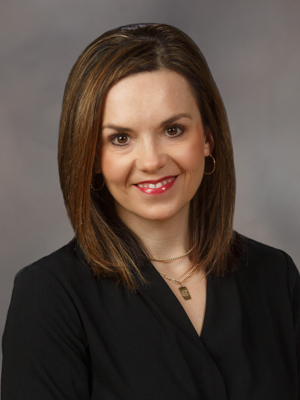
“We’ve come light years ahead of where we were before Dr. Henderson got here so far as reporting our data,” said Alice Chaney Herndon, a longtime nurse in neonatal care and women’s health who today serves as director of Nursing Adult Services.
“We’ve done a lot of work in ICARE (I Communicate At-Risk Events) reporting. We can look at processes and breakdowns in processes,” she said. “We are so much more transparent. Everyone can drill down into the information and really look at it.”
- In 2017 the Office of Patient Experiencewas created to help patients and families navigate the health care system and to listen to their concerns. The Patient Experience team embraces the patient’s voice, helping to ensure they are treated with respect and kindness and kept safe from harm.
- Hospital leadership was engaged through first-time Leadership Rounds, an early morning, monthly gathering of dozens of Medical Center leaders, department chairs and service line leaders to talk over the month’s theme, then fan out in groups of three or four and walk to patient floors for conversations with the front line.
- The office slowly began changing the culture, including giving patient safety a voice through creation of a no-fear zone in which all are free to ask questions or voice concerns -- and where employees welcome being questioned by others.
“The hardest part was changing the culture,” Didion said. “That’s where Dr. Henderson developed relationships and trust with the people you are trying to lead. The data speaks to our culture as much as the way we behave.”
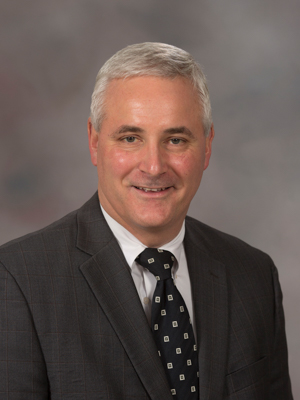
Today, “I’ve found root cause analysis and our investigative process is very process focused, as opposed to people focused,” said Britt Crewse, chief executive officer for Adult Hospitals. “That leads to success in the long run to continue our efforts to improve quality.”
- In spring 2018, the CMO’s office rolled out the error prevention campaign “Chasing Zero,” a national initiative that strives to eliminate serious safety events impacting patients and to cultivate safer, more effective care. “If that had started too early, people wouldn’t have been ready,” Henderson said. “We had to wait until the culture had changed enough.”
The initiative is modeled after “Zero Patient Harm is Achievable,” an effort championed by The Joint Commission, the nation’s leading accrediting body in health care.
What’s resonated with Didion over Henderson’s tenure, among many things, is formation of teams of clinical experts to do work that gives front-line providers tools to fix what’s broken.
“It’s always patients that are first. He has always pushed that,” she said. “It’s much easier to get people on board with a change when we let them know we are doing it for our patients.
“As a clinician and physician, I’ve always felt strongly that it’s not just me that takes care of the patient. It’s the entire team.”
Crewse said Henderson’s work was one of the reasons he came to the Medical Center in late 2018 to become chief operations officer of adult hospitals. “The biggest part was he had established a structure in which improvement was a journey, and the journey was a marathon and not a sprint,” Crewse said.

“We’ve expanded the scorecard together and really set up an accountability and expectation model for the organization.”
Of milestones along the clinical quality journey, what Crewse is most proud of is “that we are a C and a two-star now, and if we continue on this current journey, we can become a three-star and a B.”
“The structure has been set,” Crewse said. “The building blocks have been laid. We need to continue to focus on what’s important for our patients.”
“Change is hard,” Herndon said. “It’s something we have to work at consistently if we want to keep moving forward. Nothing changes if nothing changes.”
Henderson has no immediate plans to leave the state he’s called home for seven years. “Nothing. Nothing,” he said of what’s on his retirement to-do list.
Didion, Henderson said, won’t be UMMC’s 2.0 version of himself. “She’s had excellent exposure to the things that are important in this space. It needs to be her way.
“I don’t need to tell them anything,” Henderson said of the CMO team. “They know what to do.”


